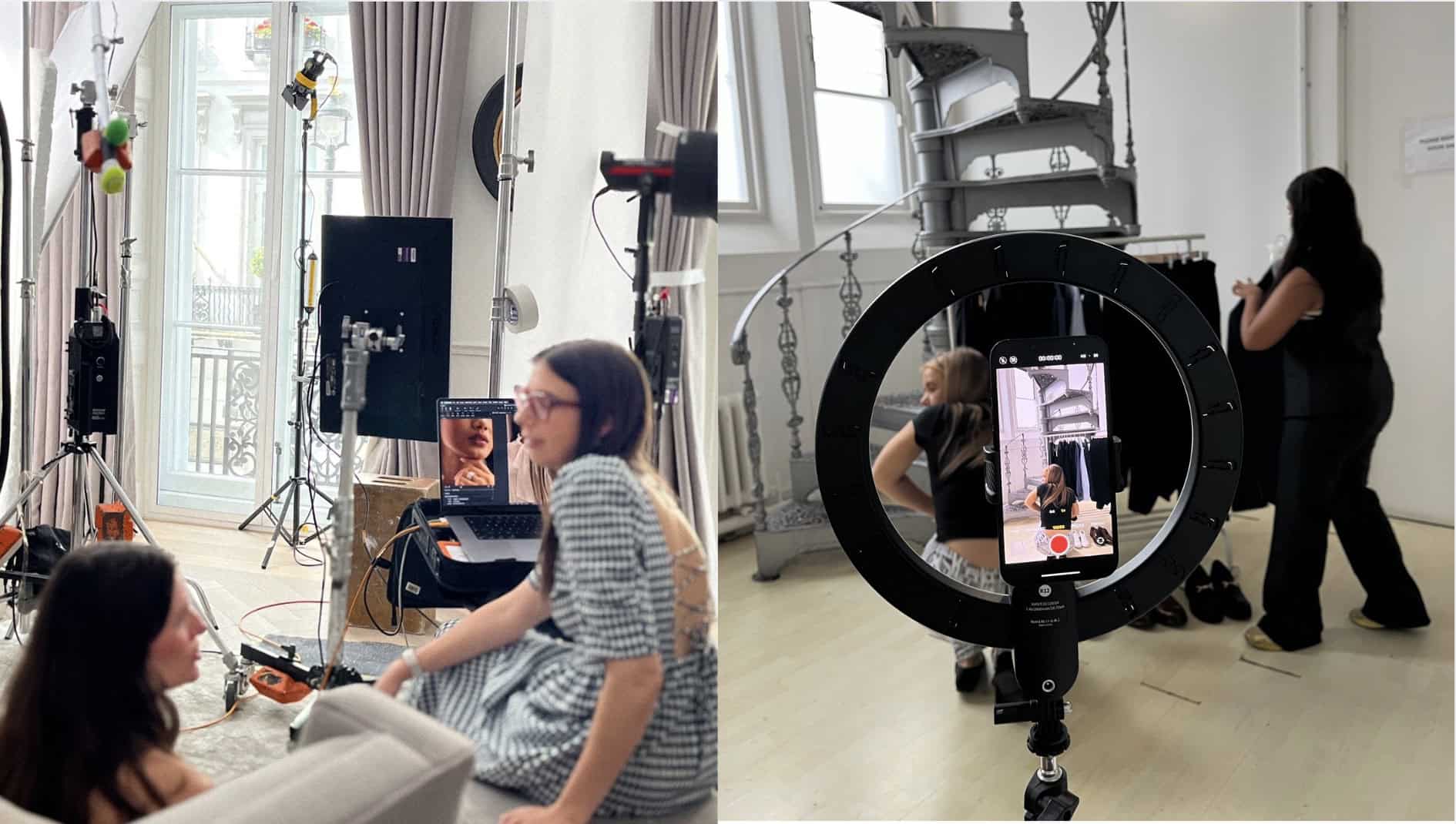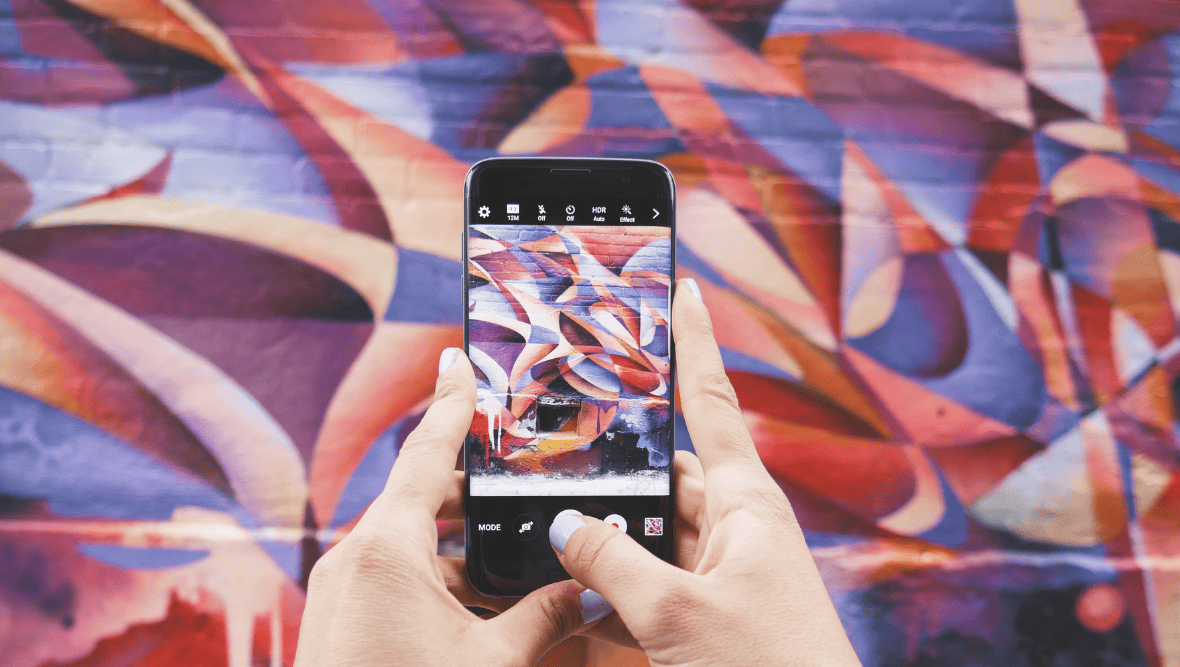
Nowadays, content is a must-have for any business, but not all content is created equal. As brands compete for attention across platforms, the lines between traditional photography and dynamic social content are increasingly blurred. While both play essential roles in brand storytelling, they serve very different purposes and require distinct approaches.
In this blog, we’ll break down the key differences between photography and social content shoots, explore real-world examples of how each is used, and help you understand when to lean into high-production visuals versus agile, platform-native content.
Content styles:
The styles of content achieved by using photography or social-first have their differences, the main ones being:
- Photography gives a polished and perfected imagery of the highest quality.
- Social content provides engaging social content, like tablescapes.

Personalisation:
- Social content can be created to target certain audiences. This is done by creating content to harness trends that appeal to different demographics.

Usage:
The way that the pieces of content are used varies with the client or business needs, some examples of which work best are:
- Photography works best for website imagery, emails, banners, e-commerce product images.
- Social content is best for any platform across social media like Instagram, TikTok and more.

Graphics:
- Both ways of content creation can be used and repurposed into graphics, which can be used across web and social platforms.

Each way of gaining content has its pros and cons; it all depends on what platform you are creating it for and what purpose it will serve.
Looking to gain imagery for your brand? Get in touch today.


